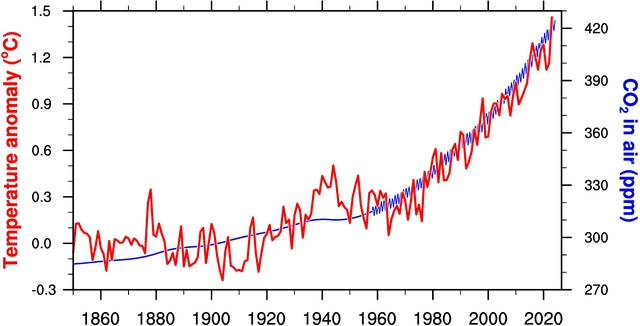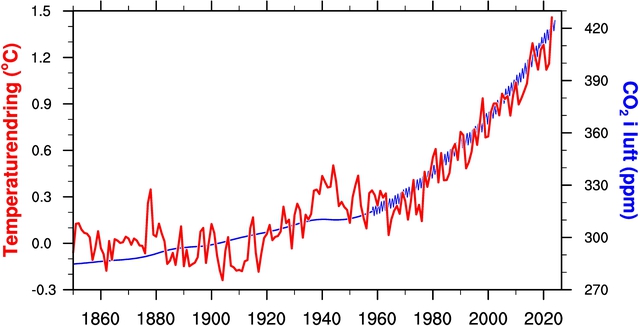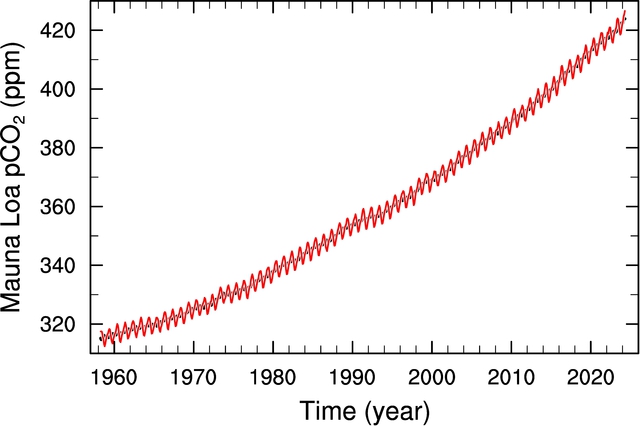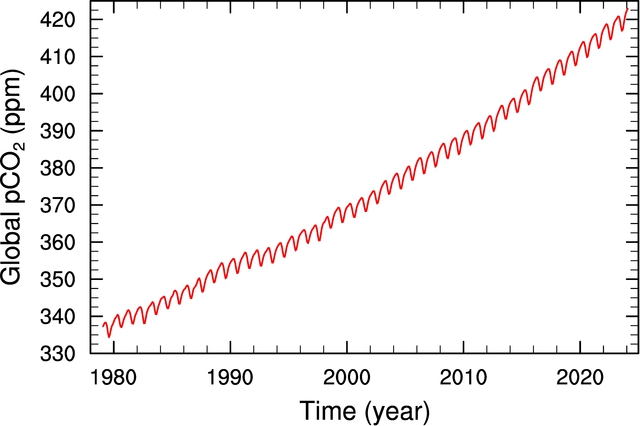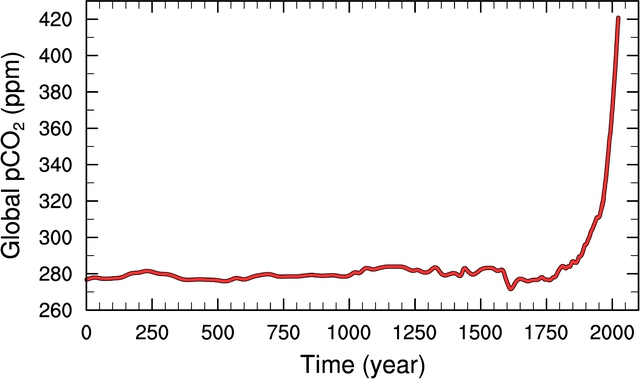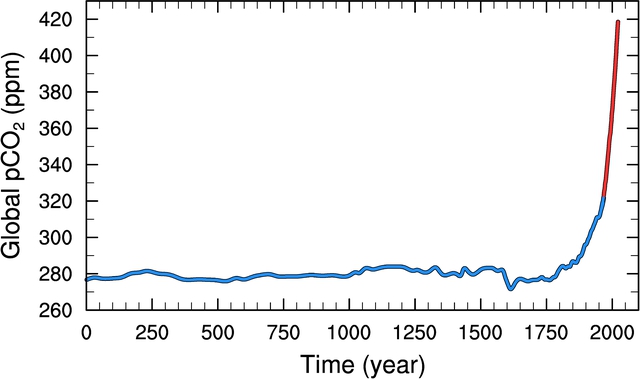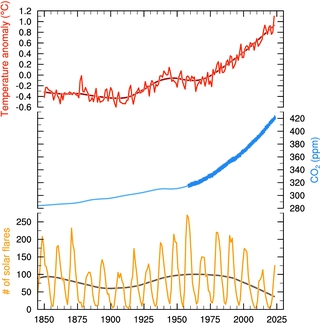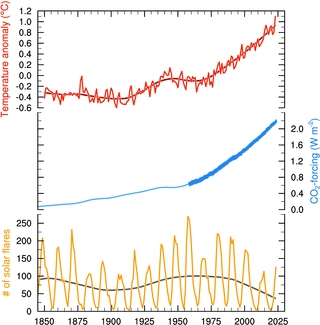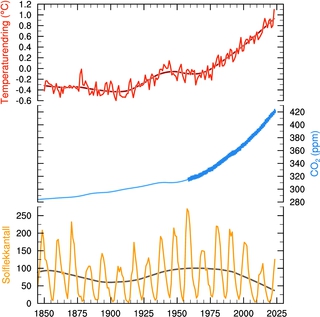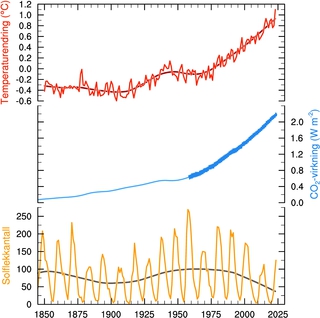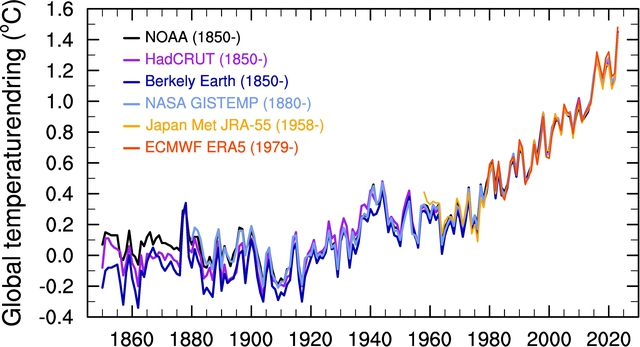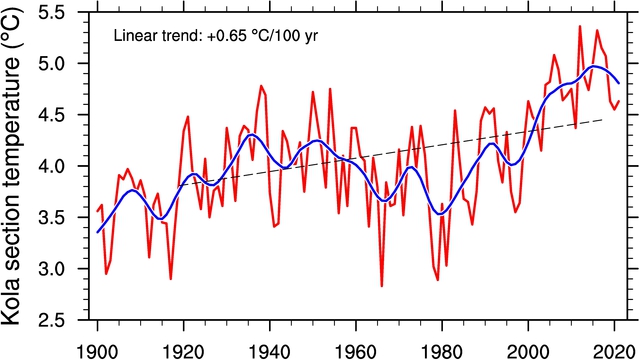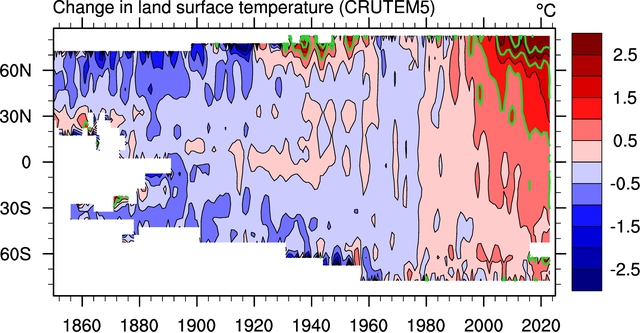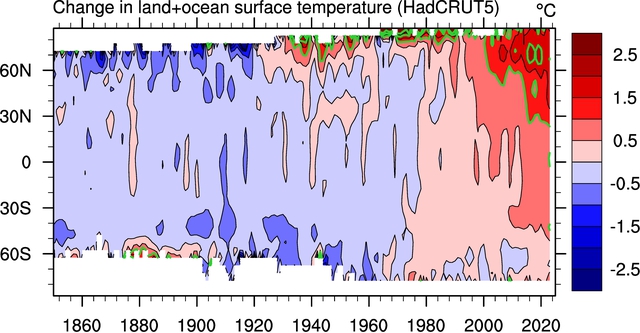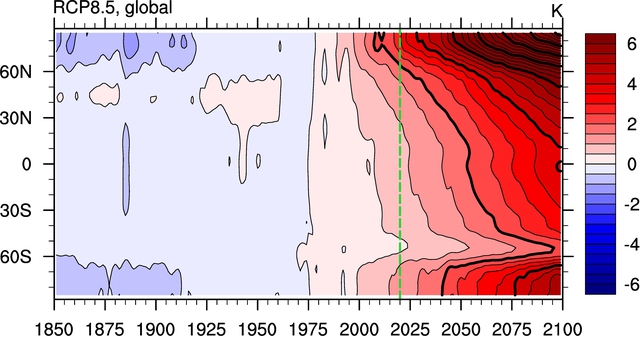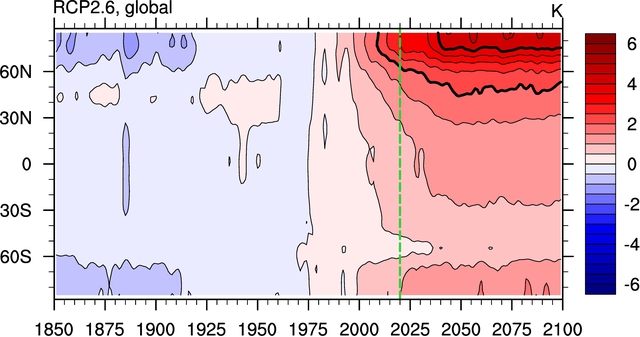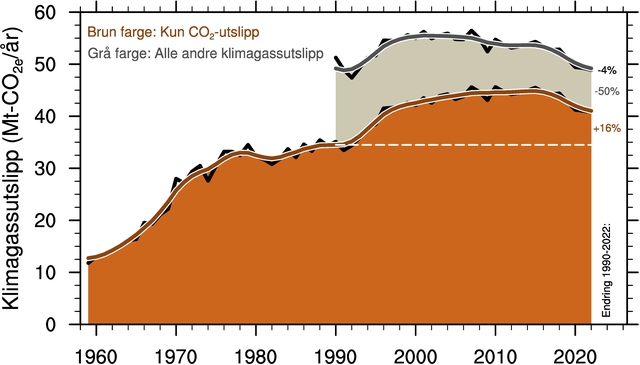General info
The following images are updated on a regular, typical monthly, basis. By clicking on the images, higer resolution versions can be downloaded for use in presentations, etc. The data sources are given below each set of images. The images can be freely used, preferrably with reference to the data originator(s) and this site.
Please pass an email for a request of additional figures and, of course, in case of errors/inconsistencies/etc...
Errors may occur since all figures are automatically updated with only sporadic checking.

